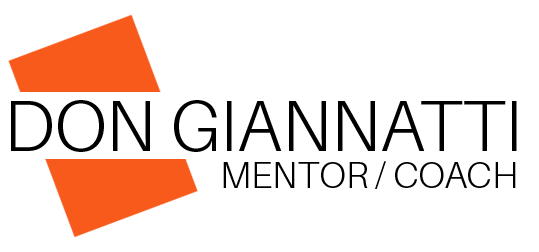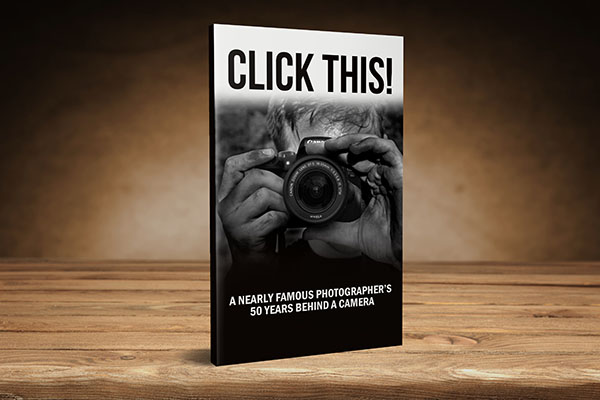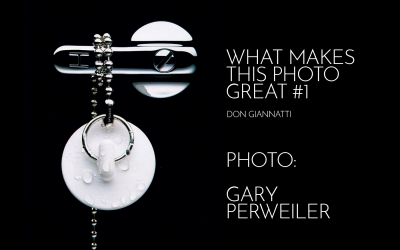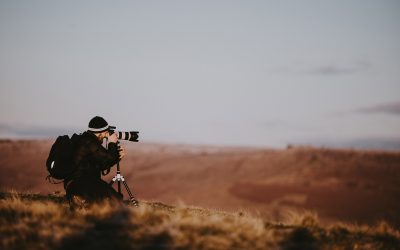A PROPOSITION:
We all struggle these days. Sometimes it is from the confusion so prevalent in the world today. Sometimes it is simply a personal issue that is weighing on our shoulders. Often it is because of the nature of our business. One fraught with challenges that are so different than the regular 9-5’er has to deal with that it is a bit difficult to relate.
And for them to relate to us.
There are a lot of solutions offered out there:
Meditation.
Going Offline.
Forming new habits.
Finding a mentor.
Accountability partners.
Eating right and getting the right sleep
… and many more.
After doing this for so many years, I would like to take the time to break it down as I see it.
The number one way to get known as a photographer is… to get known as a photographer.
Let’s examine some of the ideas we already know about.
Three contacts per day.
These can be casual or formal.
A phone call to someone who was introduced to you, or an email to an old client are easy and comfortable things we can do.
Sending a well-designed email is formal, attaching a photograph to a personal email is less so.
Both can be effective.
We can print a greeting card on our printer and send it out to a specific person with a specific message, or address 50 at a time for a drop to our list.
So many ways to mix and match these “contacts” that it should be easy to do. In only a few minutes per day.
But so many don’t.
And to those folks, I can only say; you must address this as soon as possible because it is holding you back. Ask yourself what it is. Then figure out a way to stop doing that.
It isn’t easy. It’s necessary.
Being social is part of being a photographer – well, a commercial photographer anyway. We are never going to be able to live in our hidey-holes and keep out the public.
The public is who hires us, or at least indirectly by reacting positively to the work we do.
We talk about shooting for our portfolios.
Let’s put a number to it.
24 exposures a day. Equal to one roll of fillm.
Or perhaps we can do 50 every other day.
This is not a lot of images to make.
A product or still life shoot on Tuesday will result in at least 50 exposures. So if Monday is spent on setting it up and getting everything ready, the number of images is certainly enough for our needs.
Heading out to go across town for an errand? 20-30 images shouldn’t be that hard to come by. Take a few on your daily walk, on the errands you run, and when you take your lunch.
There are images everywhere. When we are attuned to them they appear before us.
And by having that camera in our hands when we are out and about, relaxing at home, or on a casual walk we are reminding our brain that we are indeed photographers.
Does it have to be a DSLR? No.
Can a smartphone count? Yes.
To a point.
Training ourselves to actually BE photographers may also include training our brains for what that means. Having an iPhone in our hand does not automatically remind us we are photographers. Having a camera – even a P&S digital – does.
Being able to attract the images by being open to them revealing themselves may also include a bit of cajoling by the brain and the context of being “ready” for those images.
To me, an iPhone says ‘reactive’ photography. We see something and we react with the closest item we have to capture what we see.
A camera produces a deliberate photograph… responsive instead of reactive.
We want to be responsive more than reactive.
Now let’s consider what else we can do to step it up.
WHAT MAKES THIS PHOTO GREAT: EPISODE ONE, GARY PERWEILER
https://youtu.be/GzOWXPaO8P8
HOW TO STOP SELF SABOTAGE AND MOVE FORWARD IN THE NEW YEAR
THE MOST IMPORTANT STORIES WE WILL EVER HEAR COME STRAIGHT FROM OUR OWN MINDS. OVERCOMING SELF-FOCUSED NEGATIVITY 1. Have Daily Negative Thought Time A paradoxical strategy to gain control over negative thinking is to commit to 10 minutes a day ruminating and...
PHOTOGRAPHERS: CONCENTRATE ON THESE THREE THINGS FOR 2020
WHAT SHOULD PHOTOGRAPHERS FOCUS ON FOR 2021?VISIBILITY, DURATION, FREQUENCY As we slowly begin to let go of the miserable business climate most small businesses, creatives, photographers..., well, just about anyone in the creative arts community has had this past...
FIVE WAYS “IT’S JUST NOT FAIR”
Five Ways It’s Just Not Fair!(And Why You Should Stop Expecting It To Be) Have you ever felt that way or uttered those words in a state of anger, or disappointment, or jealousy? Perhaps you felt cheated or slighted. You worked all through the night on that science...
A SOCIAL MEDIA STRATEGY FOR A FICTITIOUS PHOTOGRAPHER
A SOCIAL MEDIA STRATEGY FOR A FICTITIOUS PHOTOGRAPHER My friend recently asked about what social media platforms work better for 'photographers' on Facebook? And that is a question a lot of commercial and editorial photographers are asking these days. In many cases...
STOP SELLING: WORK FOR A COLLABORATIVE COMMITMENT INSTEAD
It's sort of understood that creatives hate to 'sell'. It is an icky process that involves tricking people into purchasing stuff they don't need... as in used cars, or bathroom remodeling. Selling is akin to 'selling out', to becoming a slave to money, to ignoring art...







